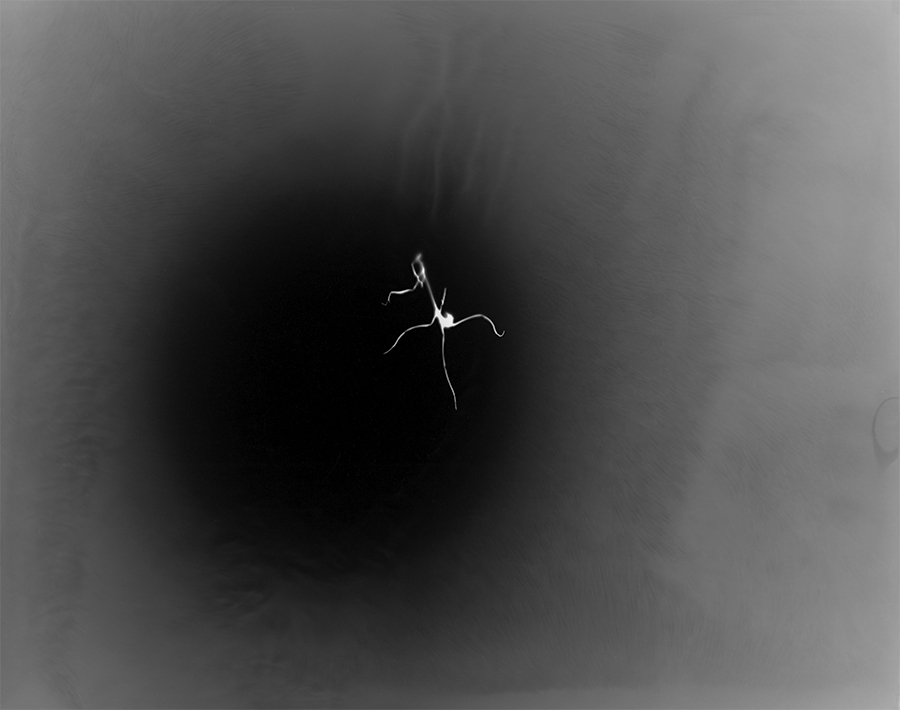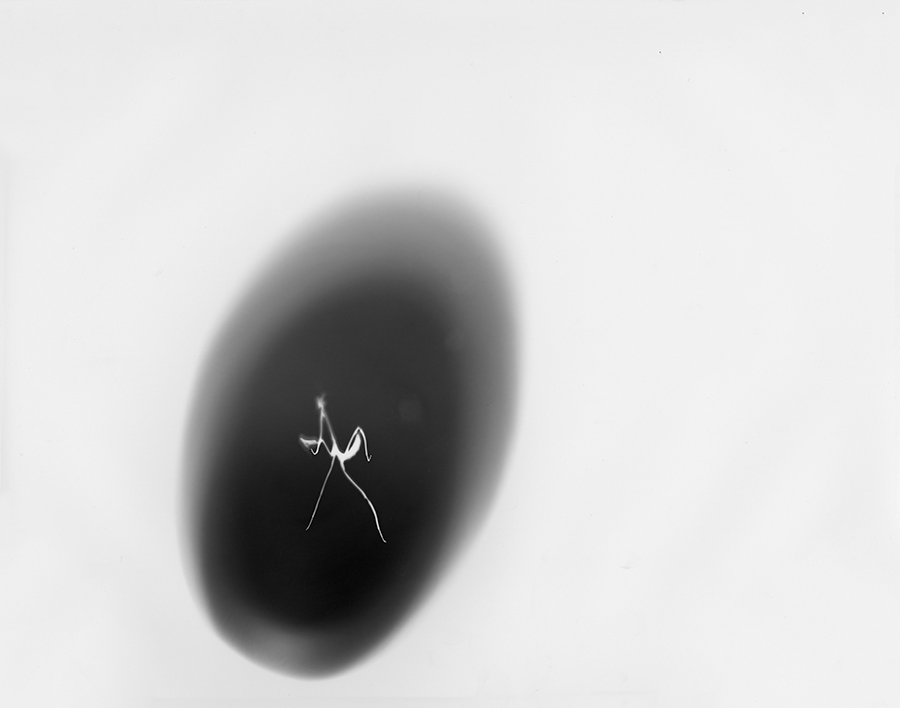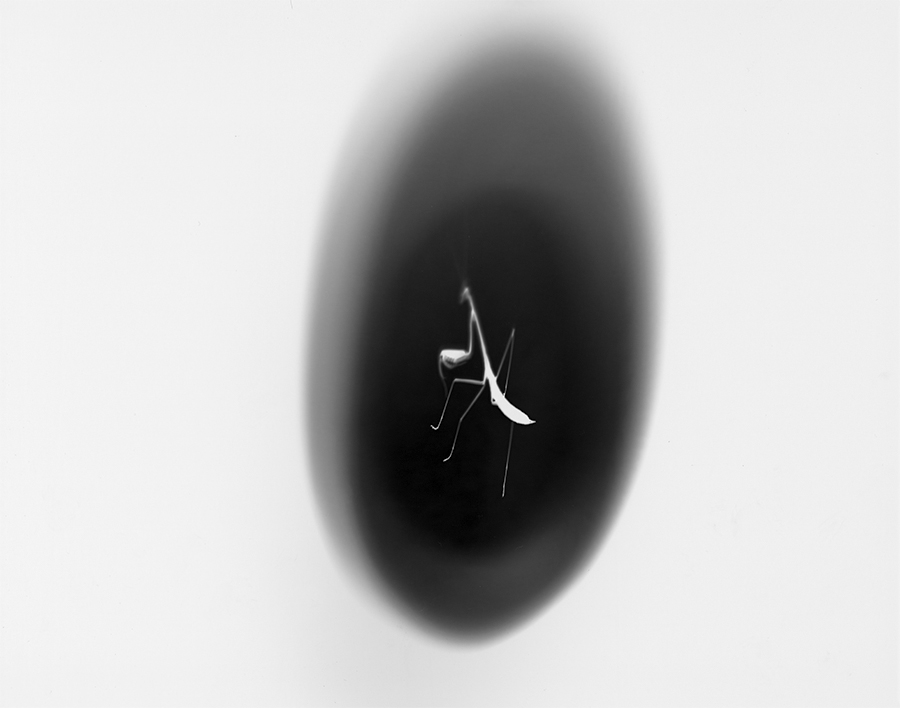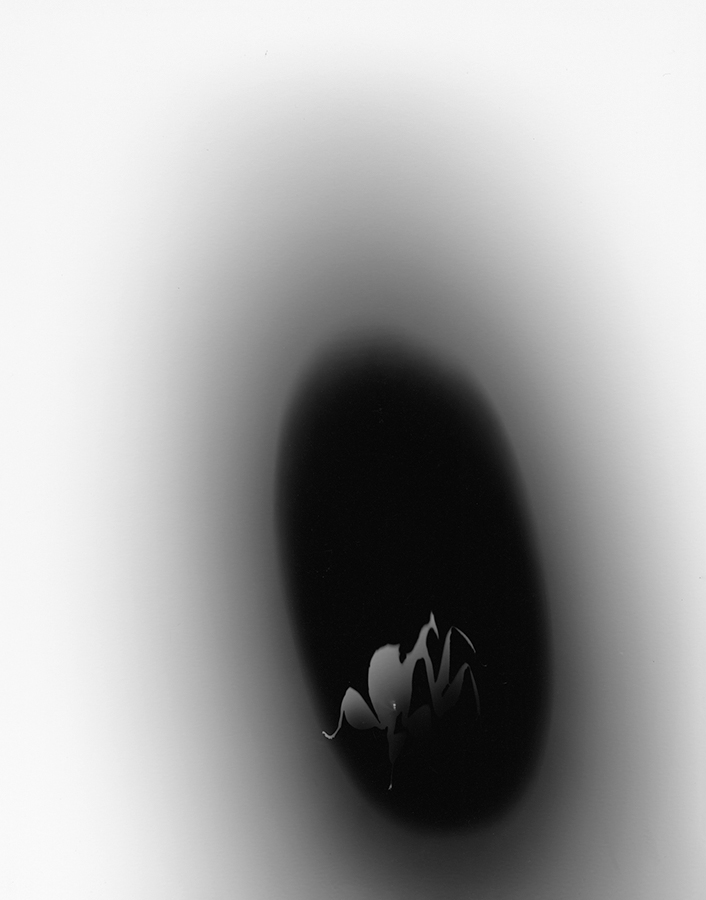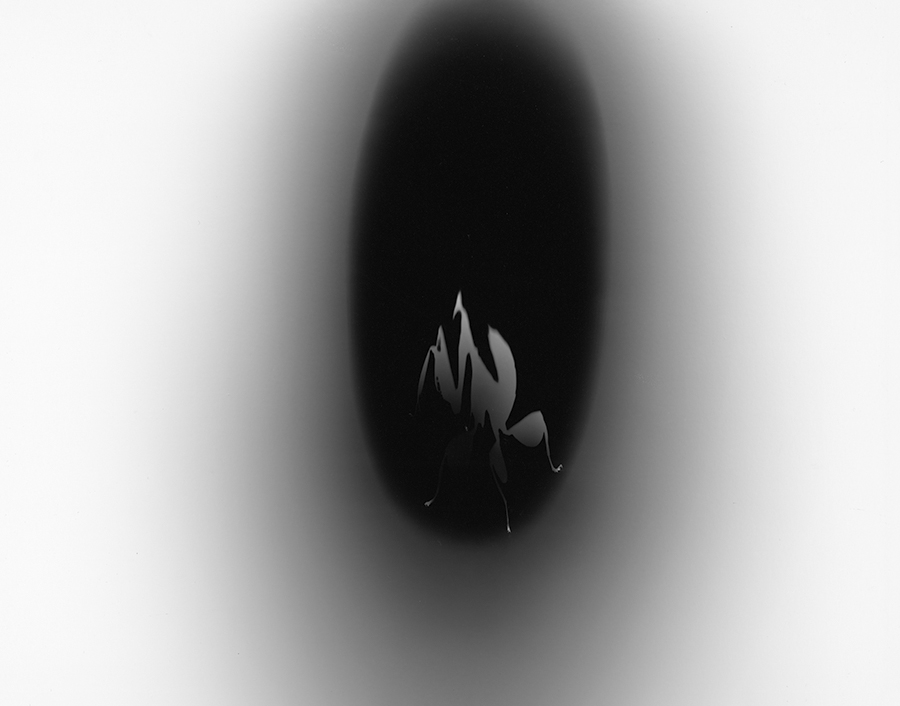Remnant reliefs
When mankind finally leaves to explore the vastness of space we will likely only find the ruins of past civilizations. I hope that in these explorations we can find things like the preserved memories in Star Treks Inner Light. Similarly in the episode The Chase a truly fantastic idea is presented that if we or another race would find themselves alone that we would try in very cosmic sense to prevent such a thing from happening again. That is, prevent a species of people from finding themselves alone by seeding the galaxy with life that would grow similarly enough to one another to communicate.
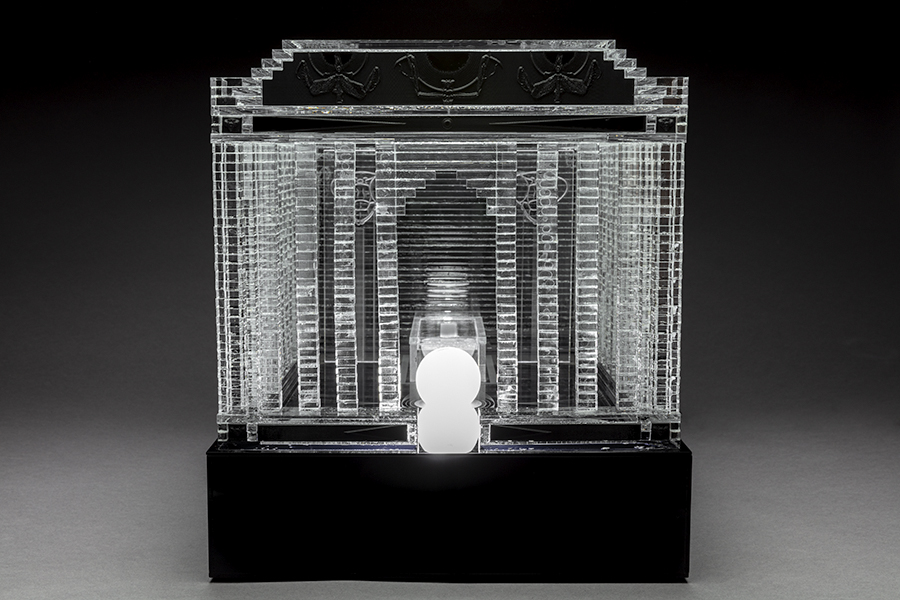


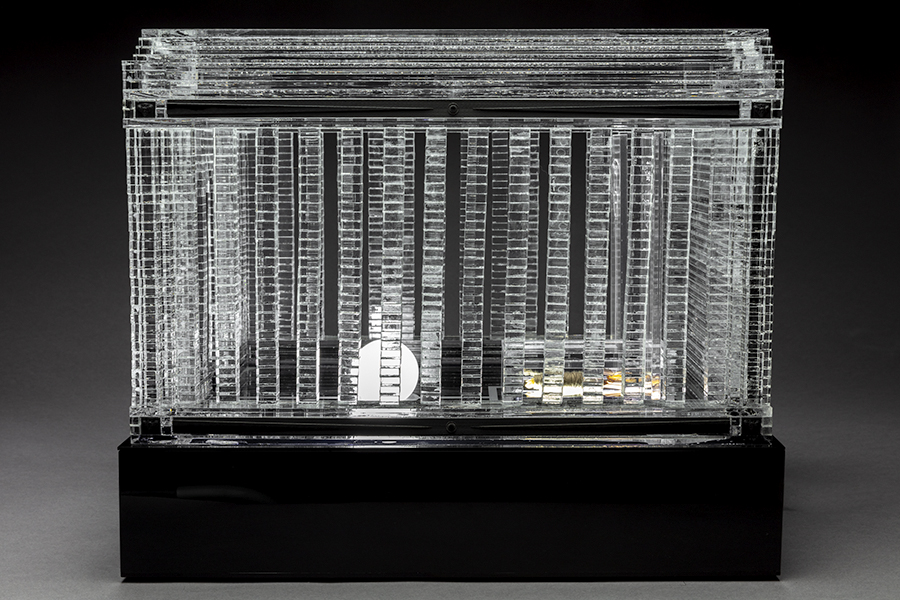
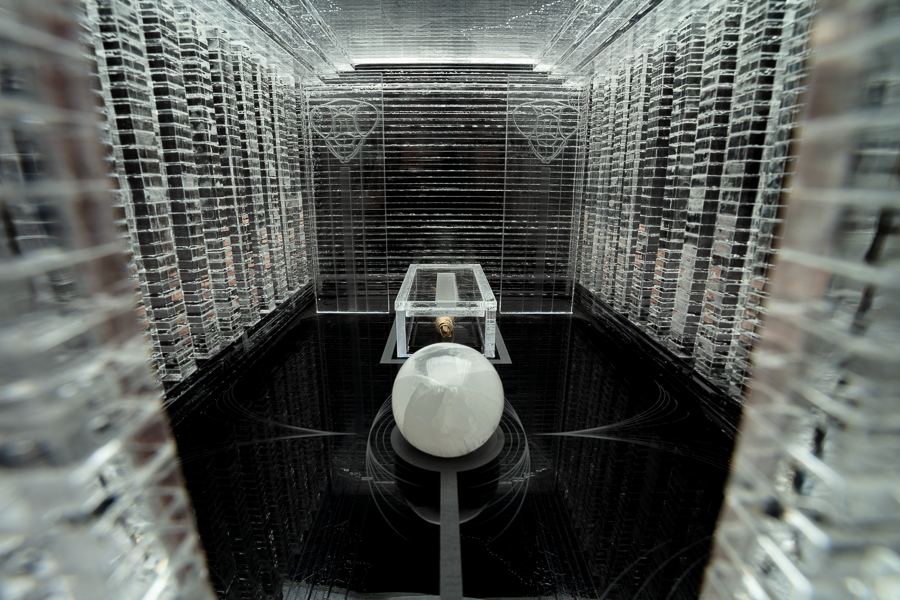
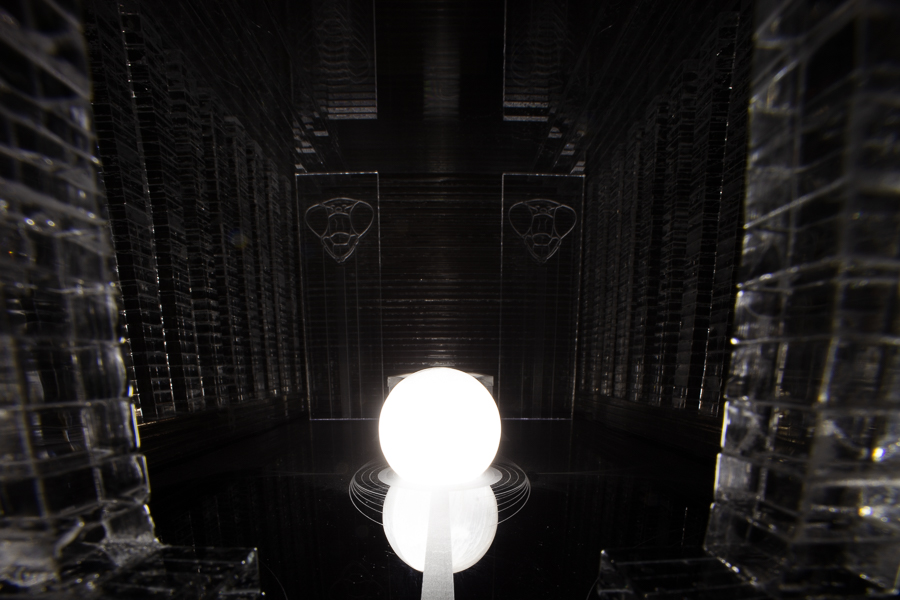
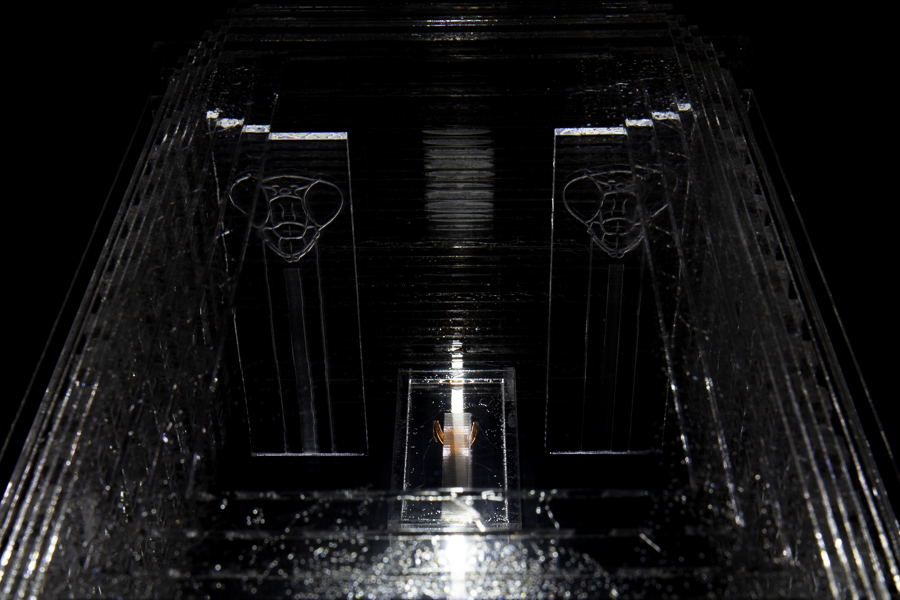

Tomb
This tomb is a relic of what was left behind by the Mantises. A single adult female is preserved, wrapped, and sealed in a clear sarcophagus. The sarcophagus is enshrined within a large translucent building lit by a glowing orb. Standing as sentinels to either side of her are the faces of her forebears etched onto clear monoliths.
The tomb was created by modeling the building in 3D on a computer. The model was then sliced into layers with a thickness equal to that of 1/4” acrylic. Each layer was then cut into individual pieces using a laser printer. The pieces are then chemically welded together to create the appearance of a refined cyclopean architecture. The tomb sits on a black acrylic box that provides the lights to the sphere, the sarcophagus, and the two obelisks.
The sarcophagus contains a chemically preserved and dried adult female mantis. Her pose in maintained by the stiffening and dryness of her limbs. Since the sarcophagus is sealed she would remain well preserved for many many years.
Remnant busts
These are 3D prints of actual praying mantises. Using a process where you photograph an object from multiple viewpoints called photogrammetry relatively photo-accurate models can be created. Once the models are cleaned up of artifacts and errors from the modeling process they are three 3D printed.
They help create the illusion of a begone culture by relying on the well established trope of Greco-Roman busts. By using that visual language these busts invite the viewer (or feeler in this case) to question why these individuals were either venerated, important enough, or wealthy enough to have their depictions cast into plastic. They could also represent a typology of species found within in mantis Family rather than individuals. Like the marble Greco-Roman busts, though less durable to injury, these busts can exist for hundreds or thousands of years.
